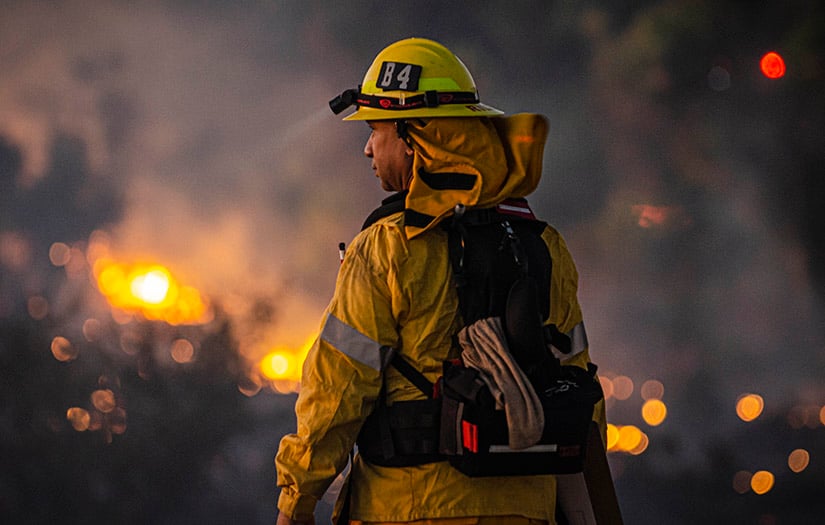Use these tools to give firefighters a training edge.
"Strength and endurance must go hand-in-hand on the fireground,” says Kenneth Shuttleworth, a 24-year firefighter and seven-year NASM-CPT, CES, PES, FNS. Here, his advice about what NASM-CPTs should keep in mind when working with active-duty firefighters and firefighters-in-training.
Active-Duty Firefighters
Cardiovascular Training
Use circuit workouts for clients with little spare time. Other good options: stair climbing (see below), swimming, biking, rowing, cross-country skiing, elliptical machines, and aerobic-type classes.
Strength Training
If possible, include exercises using firefighter equipment (or simulating its use), while wearing gear or a weighted vest. On-the-job gear can weigh more than 50 pounds.
Special Considerations
Clients may have sustained a variety of injuries. The NASM Corrective Exercise Specialist (CES) program can help you make appropriate modifications. Learn more at nasm.org/ces.
Firefighters in Training
Cardiovascular Training
Start with 30 minutes of walking/jogging at a challenging but doable pace five days/week. Gradually increase time, distance, and intensity up to a 30-minute run. Stair running is also imperative. Work up to a pace of 60 steps per minute for 20 minutes; then, add a weighted vest (25 pounds).
Strength Training
Target these five movement types:
- pulling (bicep curls, pull-ups),
- pushing (push-ups and similar exercises),
- bending-and-lifting (squatting, deadlifting),
- lunging (lunging, step-ups), and
- rotating (core exercises). Work one group per day, five days per week.
Special Considerations
Most firefighters must pass a physical test before being hired. Ask about guidelines for upcoming tests so you can plan an appropriate program.












